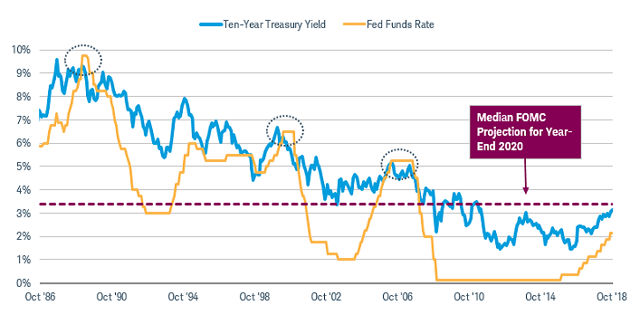
IF THE FED WISHES TO REDUCE THE FEDERAL FUNDS RATE IT COULD FULL
The Motive: The Phillips Curve and the Pursuit of Full Employment This is a forensic investigation of sorts, examining the motive, means, and opportunity for the Great Inflation to occur. To understand this episode of especially bad policy, and monetary policy in particular, it will be useful to tell the story in three distinct but related parts. Source: Bureau of Labor Statistics via FRED graph created by Sam Marshall, Federal Reserve Bank of Richmond) Enlarge In 1983, the percentage change from a year ago settled back to pre-Great Inflation levels of 0 to 5 percent. In January 1965, the percentage change from a year ago in the consumer price index began to rise until it peaked in March 1980 at close to 15 percent. The grey bar indicates a period of Great Inflation, which began in January 1965 and ended in December 1982. Units are percentage change from a year ago. Chart 1: Inflation as measured by the consumer price index.

The origins of the Great Inflation were policies that allowed for an excessive growth in the supply of money-Federal Reserve policies. While economists debate the relative importance of the factors that motivated and perpetuated inflation for more than a decade, there is little debate about its source. It eventually declined to average only 3.5 percent in the latter half of the 1980s. Inflation began ratcheting upward in the mid-1960s and reached more than 14 percent in 1980. It had been in this vicinity over the preceding six years. In 1964, inflation measured a little more than 1 percent per year. If the Great Inflation was a consequence of a great failure of American macroeconomic policy, its conquest should be counted as a triumph. It was, according to one prominent economist, “the greatest failure of American macroeconomic policy in the postwar period” (Siegel 1994).īut that failure also brought a transformative change in macroeconomic theory and, ultimately, the rules that today guide the monetary policies of the Federal Reserve and other central banks around the world. Over the nearly two decades it lasted, the global monetary system established during World War II was abandoned, there were four economic recessions, two severe energy shortages, and the unprecedented peacetime implementation of wage and price controls. The Great Inflation was the defining macroeconomic event of the second half of the twentieth century. From High Inflation to Inflation Targeting-The Conquest of US Inflation.




 0 kommentar(er)
0 kommentar(er)
